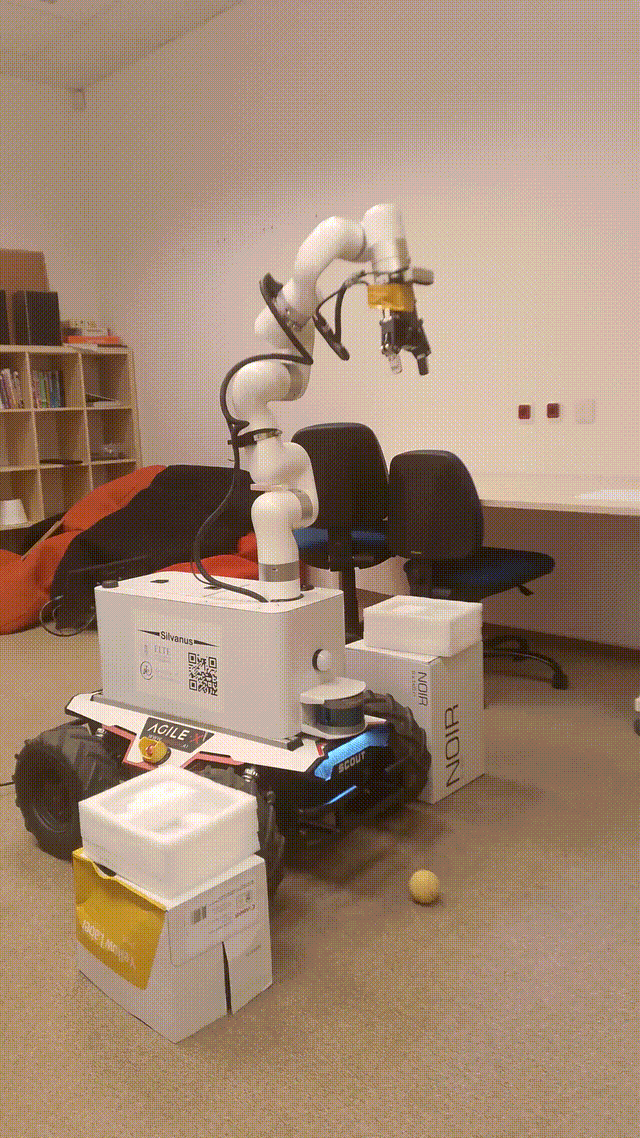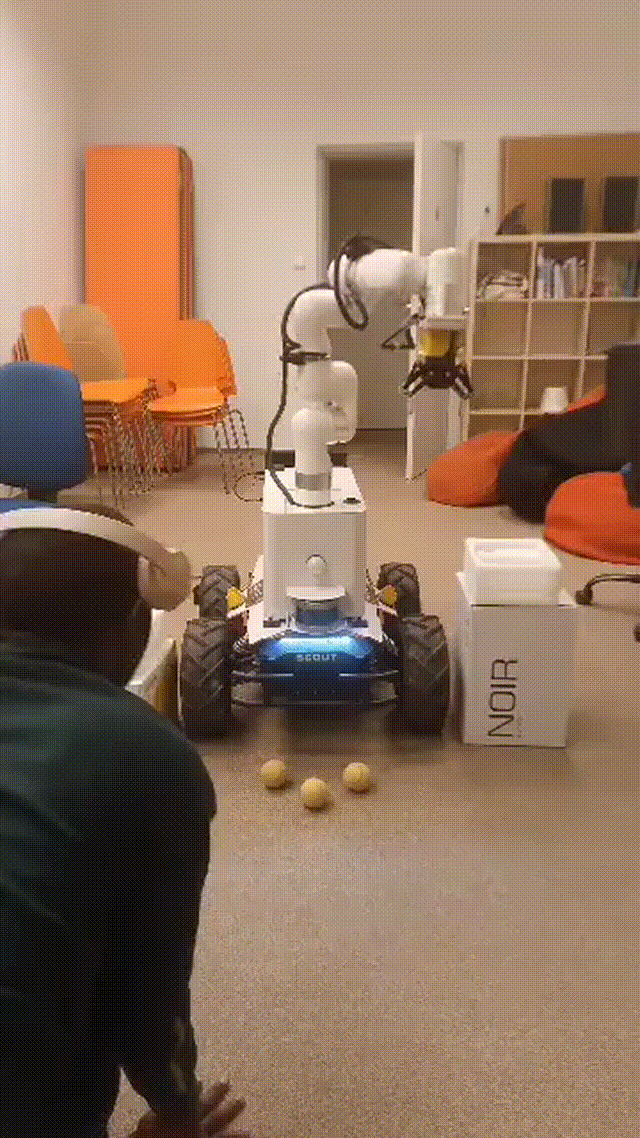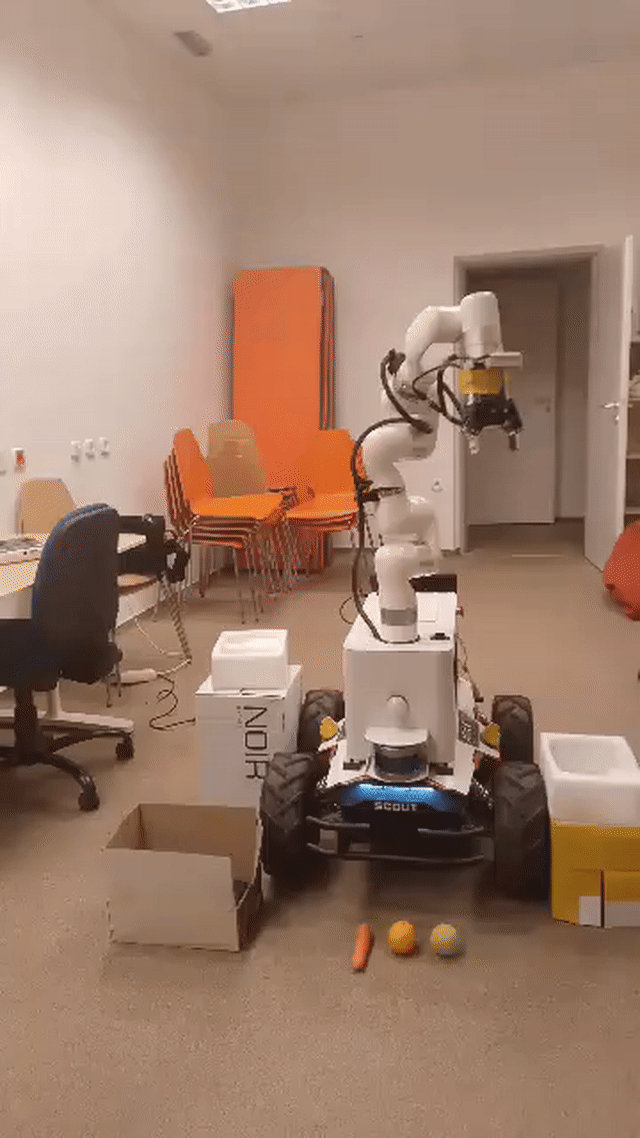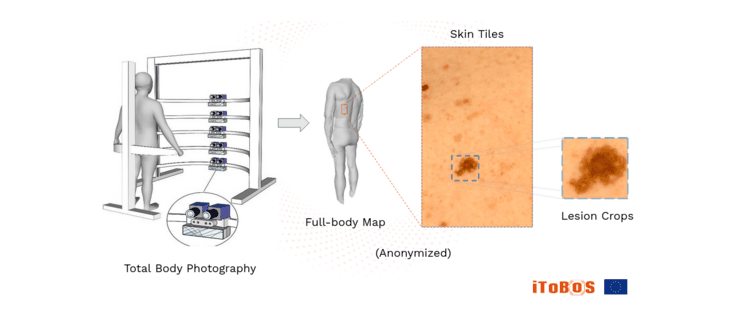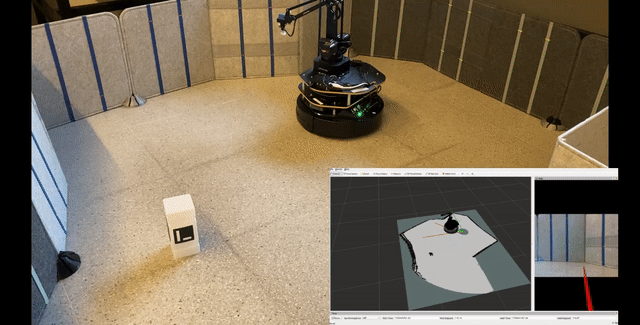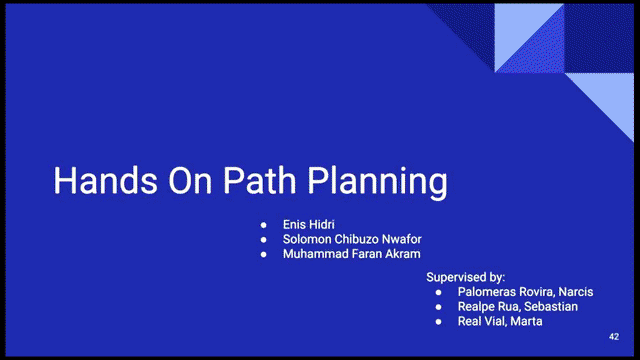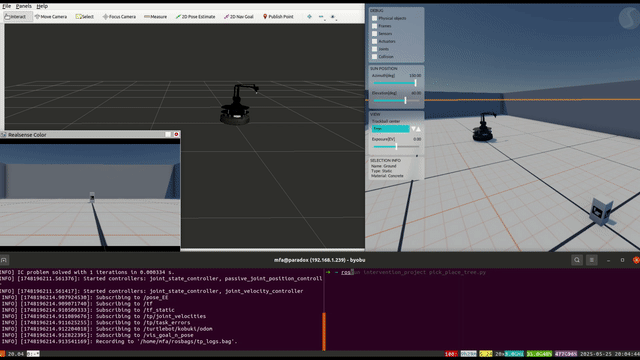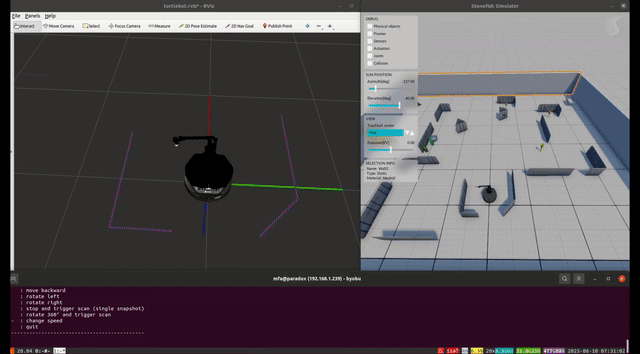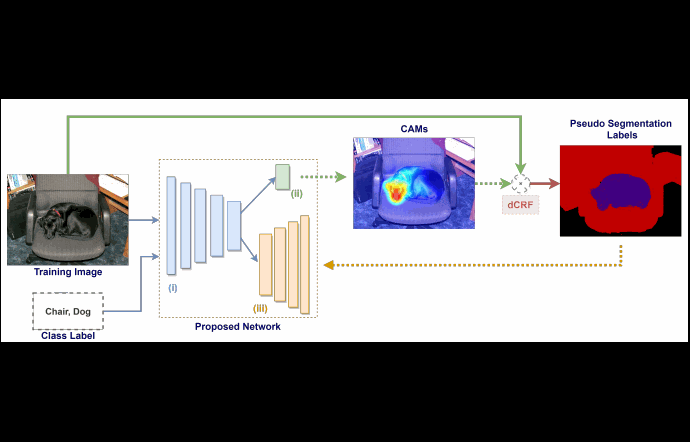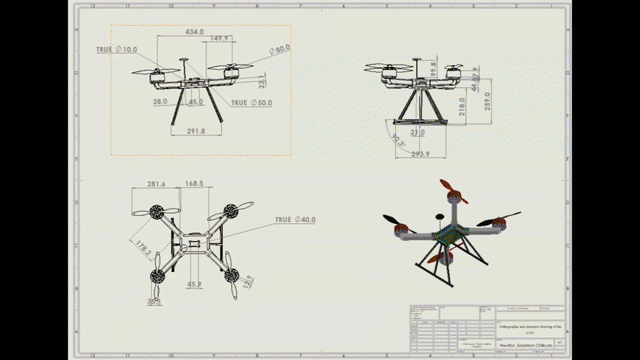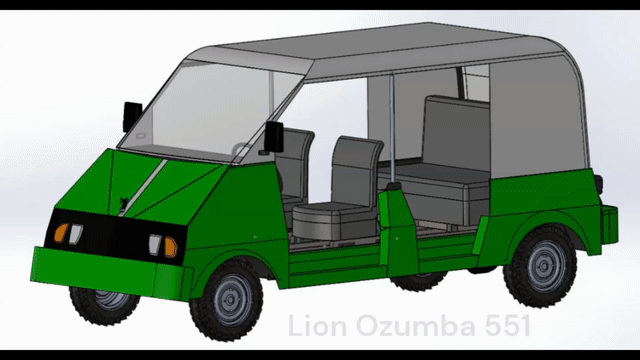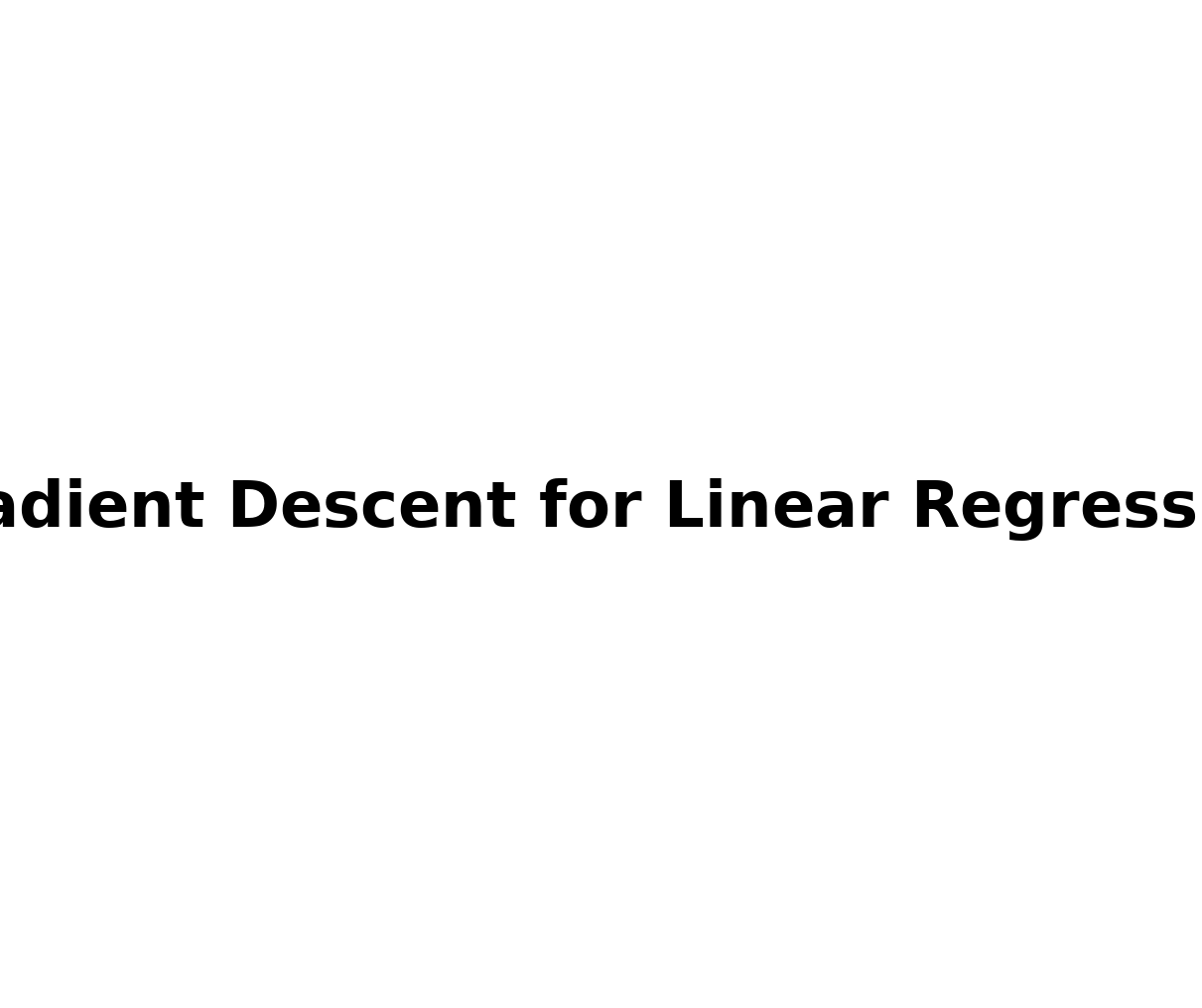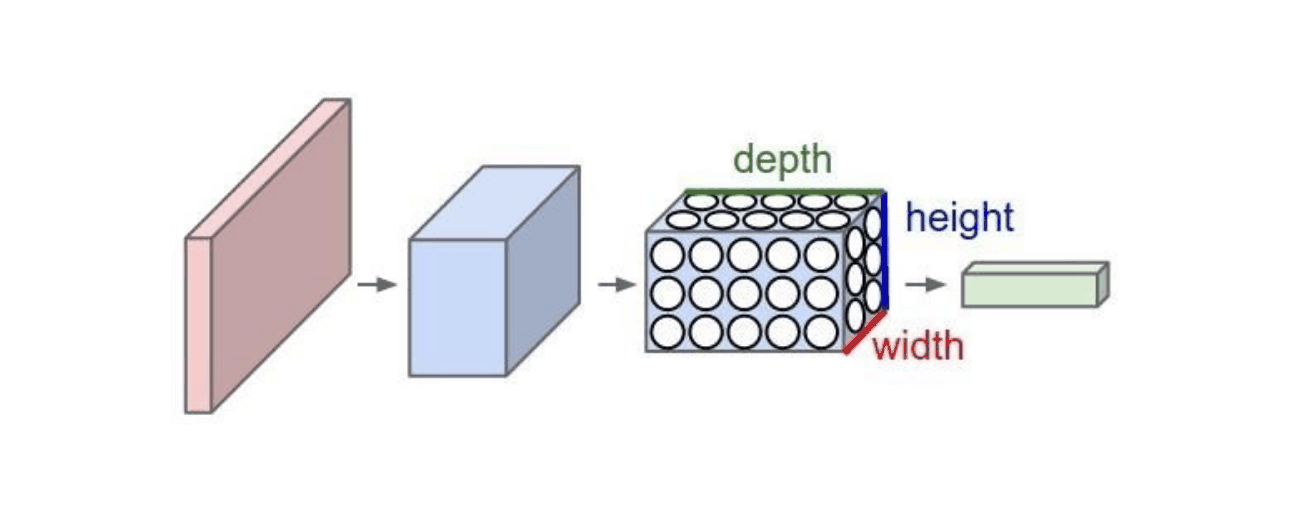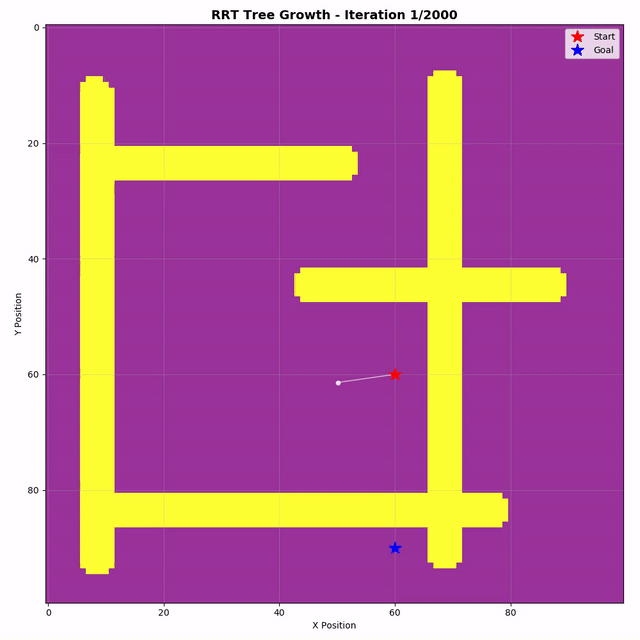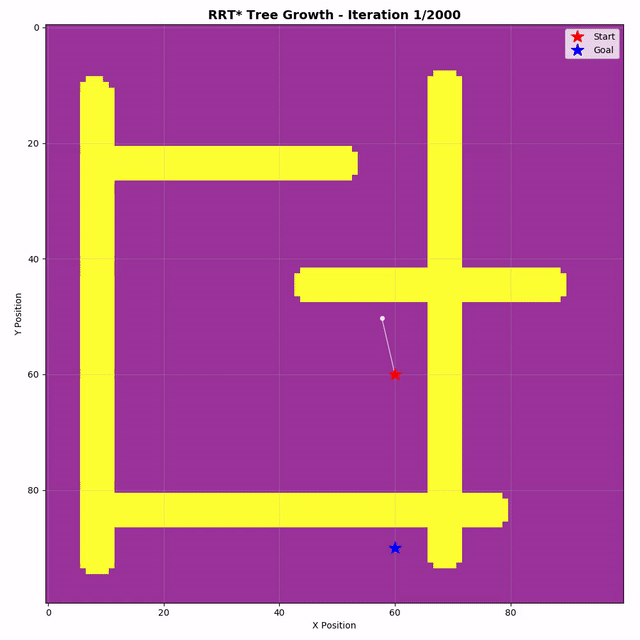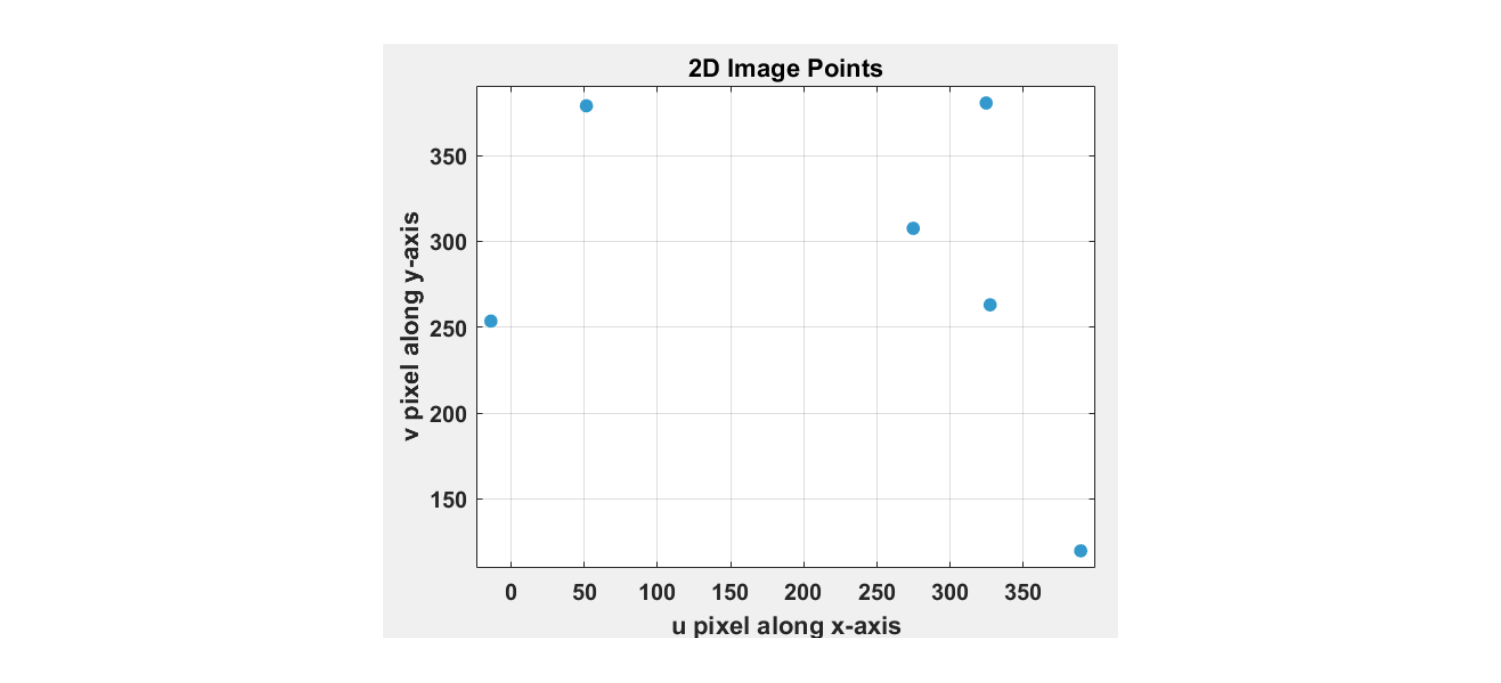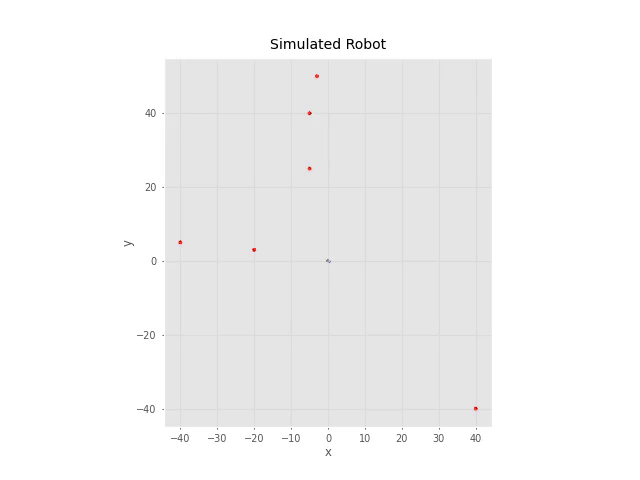About Me

I am a robotics researcher with a background in mechanical systems, autonomous control, and perception. My work addresses decision-making and motion in real environments, from lesion analysis in medical imaging to mobile manipulation in robotics.
My approach combines control theory, optimization, and data-driven modeling (machine learning). Experience comes from academic research, autonomous system projects, Kaggle competitions, and laboratory development.
I have also designed UAV platforms for farmland monitoring, crop mapping, and weed detection, addressing challenges in food security through robotics and automation.
I aim to bridge control, perception, and machine learning, with applications in healthcare imaging and autonomous systems for food security.






